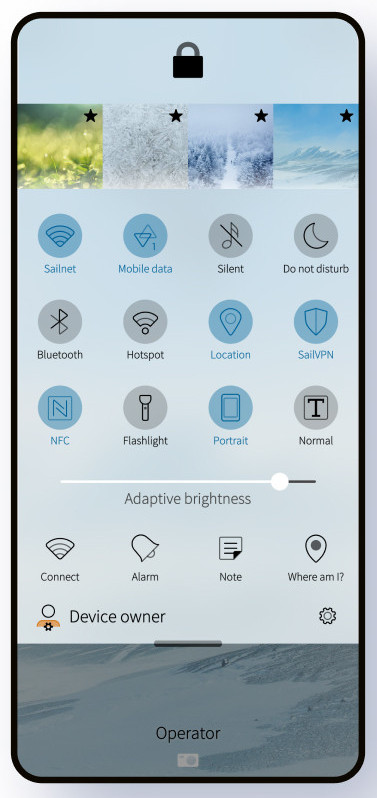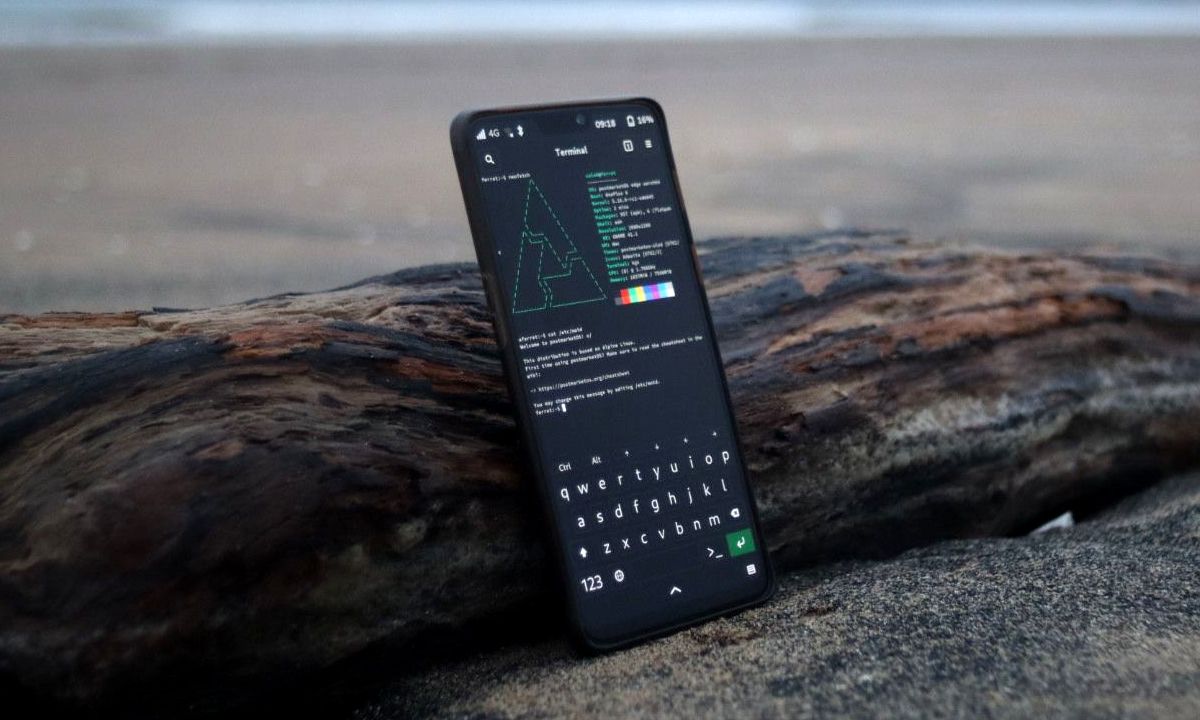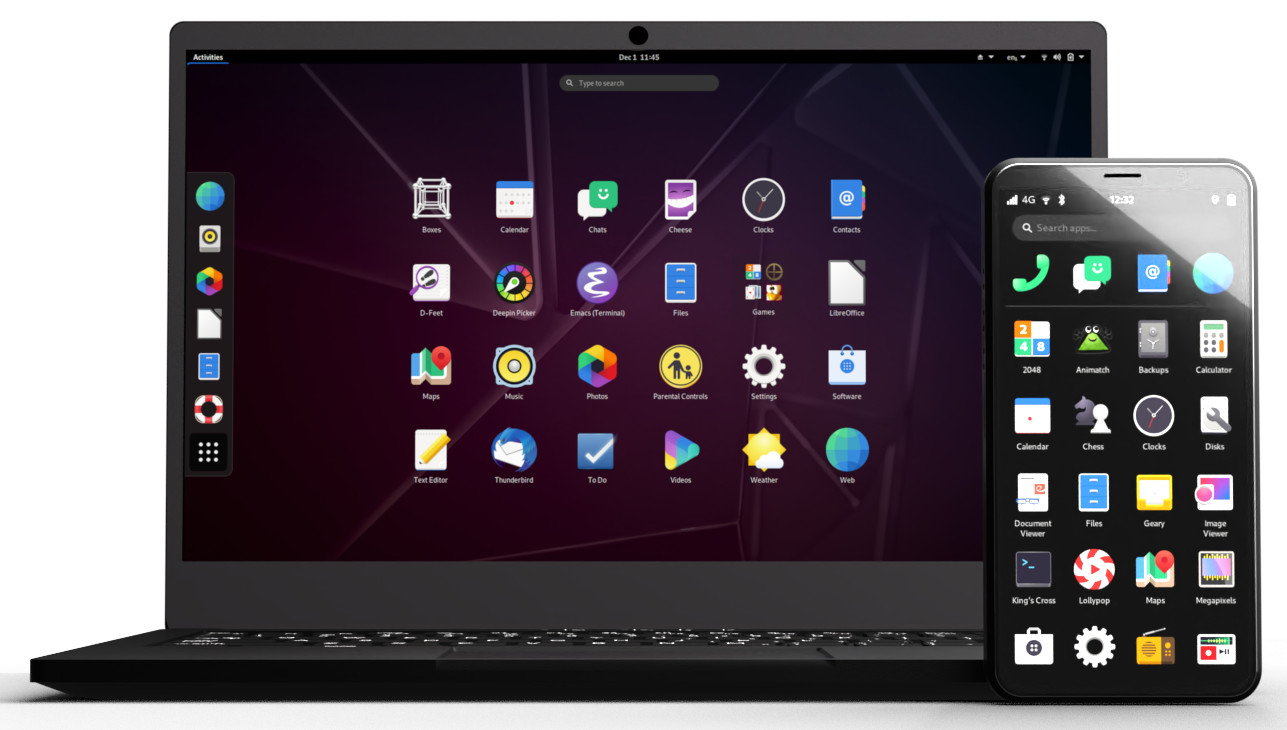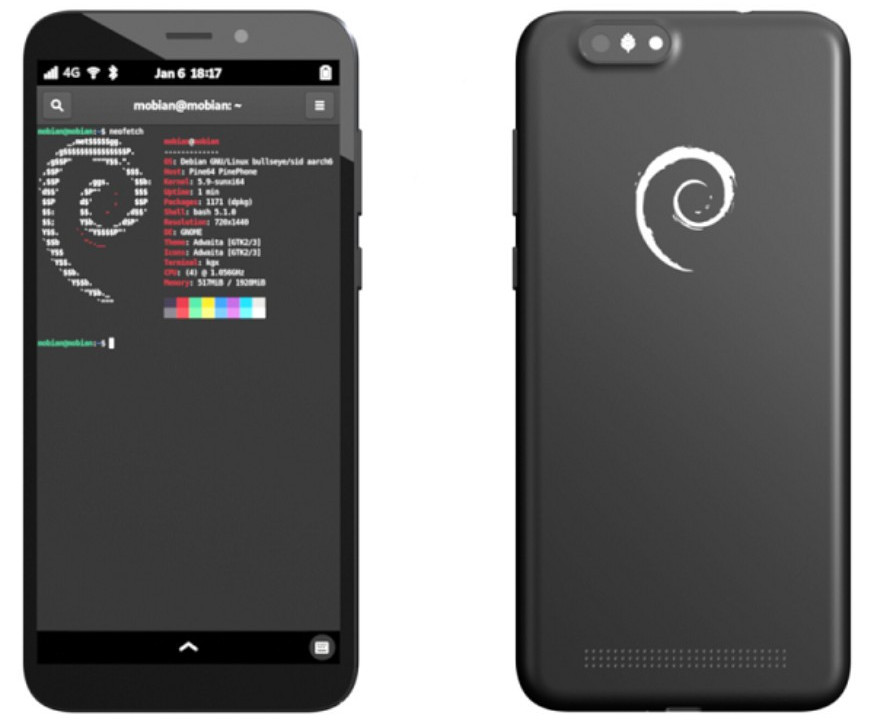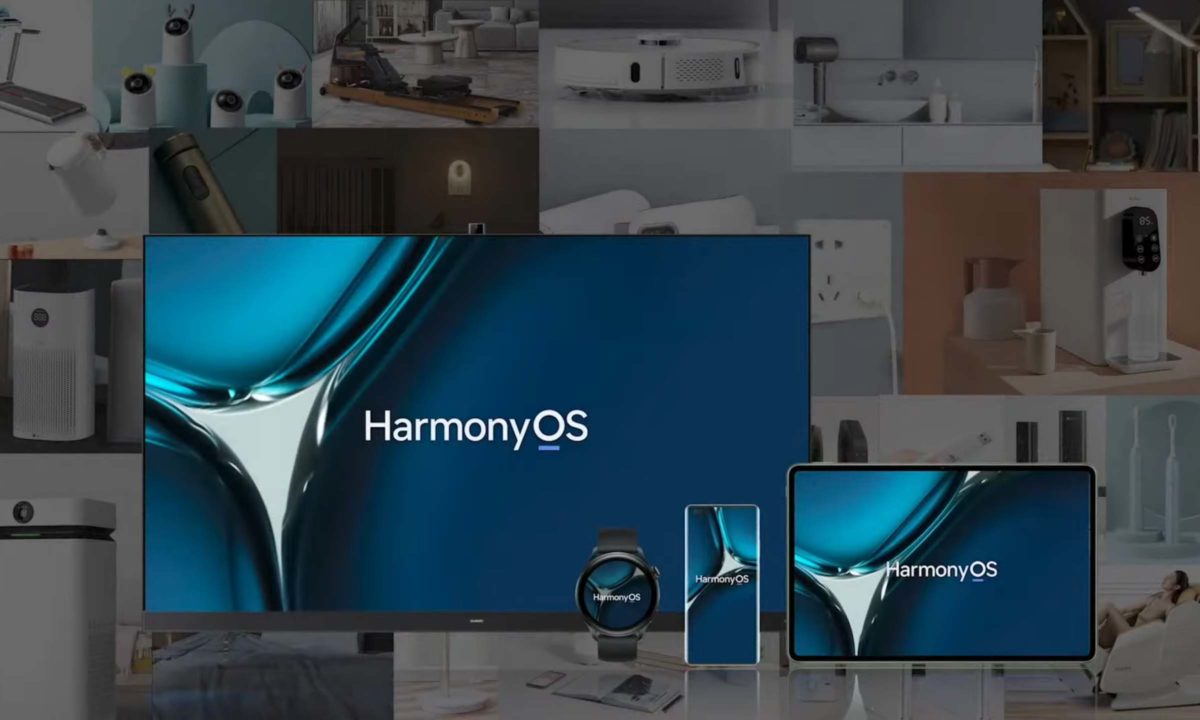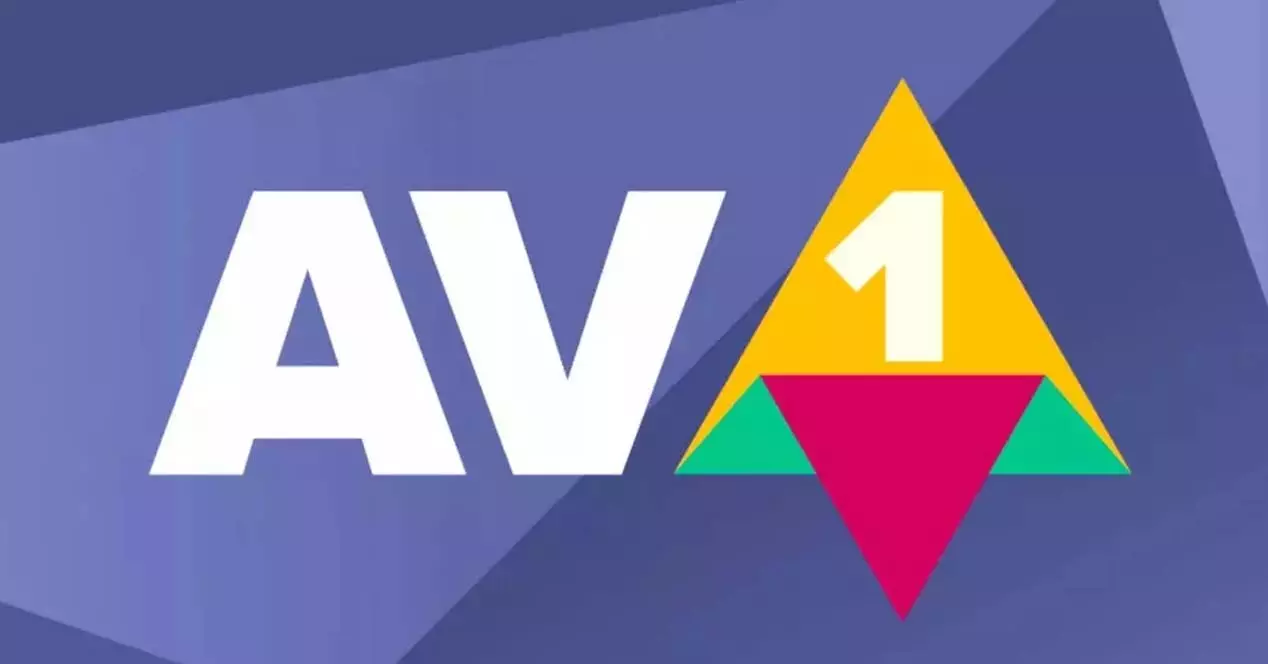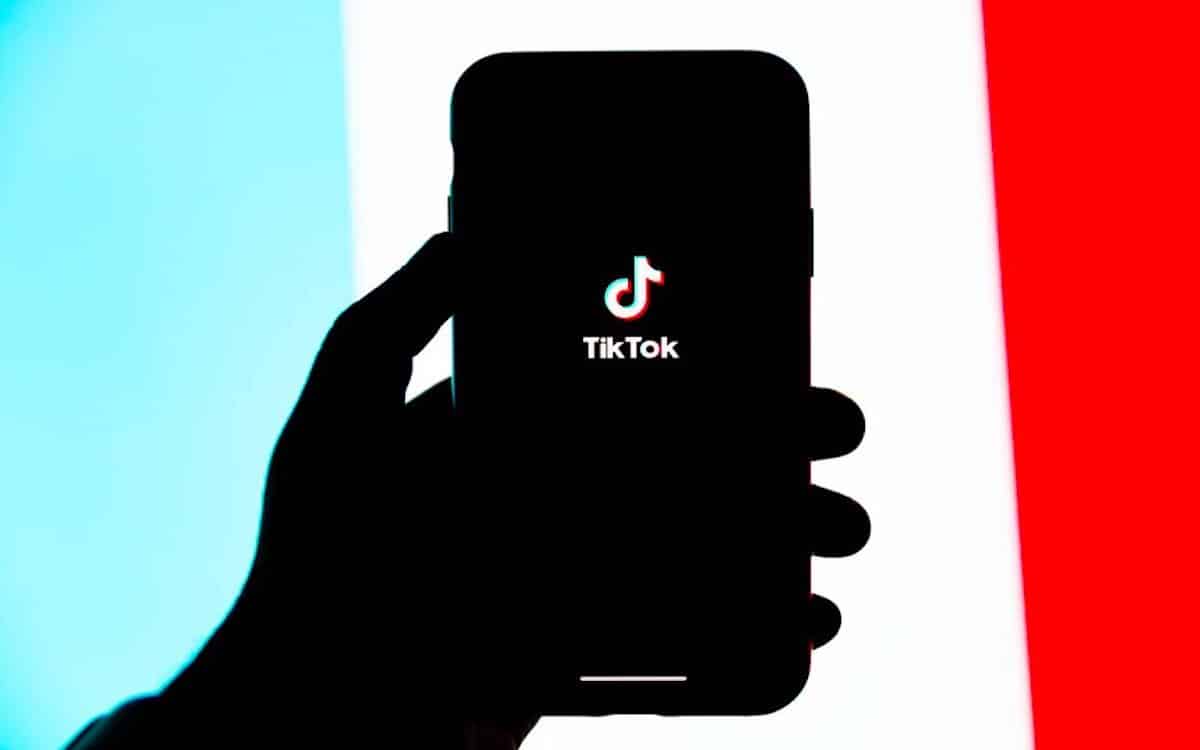
If the specter of x86 computers (Intel and AMD) makes it difficult for alternative operating systems, the situation of these on mobiles is directly hellish, with a practically non-existent presence. If the “duopoly” of Windows and macOS on personal computers proves strong, the dominance of Android and iOS in the mobility sector has become a tyranny in which users have no viable alternatives, although it can also be interpreted that users have rejected having many alternatives in that segment.
In addition to consumer trends, there is another factor that has contributed to the mobility industry becoming a duopoly: the closed nature of devices that use ARM processors. While x86 is a platform underpinned by many standards and specifications, at ARM we find many devices whose bootloader is locked and often require a custom system image to work.r, which makes it difficult to have a generic kernel capable of running on any device. Apart from the well-known Android ROMs, one can also mention the work done by Asahi Linux to make the well-known kernel workable on Apple Silicon processors.
With all that said, it is obvious that developments of mobile operating systems that are not iOS or based on Android exist, so we are going to take the opportunity to mention seven examples of these. Some of the mentioned systems are freely distributed and others not so much, and not all existing mobile devices are compatible with them.
Before starting with the list, we want to make it clear that Android ROMs have been left out of this list because, after all, they are still the Google system, but modified according to the criteria and objectives of the developers. Of course, some of the systems that we are going to mention do support the execution of applications compiled for Android.
Sailfish OS
We start with what is arguably the strongest alternative to Android and iOS at least in terms of software maturity (probably with permission from the latter). Sailfish OS is a Linux operating system that uses Wayland as its graphics display technology and whose graphical user interface is built with Qt, the same technology used by the KDE project.
Sailfish OS is basically the continuation of another Linux based operating system called MeeGo, which was developed by Nokia and Intel mainly and which fell out of favor with the Finnish company. At first, Sailfish OS was pre-installed on the Jolla Phone, released in 2013, but over time it has become an independent system that has Sony’s Xperia as its favorite devices.
Added to all of the above at the feature level is the purpose of being a safe operating system that has compatibility to run some Android applications. The latest version, Vanha Rauma (4.4), was released in March 2022.
UbuntuTouch
UbuntuTouch It was a very ambitious project for Canonical, more specifically one of the cornerstones of its strategy around convergence, which it ended up abandoning in favor of servers and the IoT to return to GNOME as the reference desktop. That also spelled the official end of the Unity desktop, which was recently resurrected (in terms of serious and active development) to rejoin the Ubuntu family.
Ubuntu Touch is a dead project for Canonical, so the witness has had it for years UBPortsa non-profit institution that continues its development as it can, since the process is going very slowly, so much so that it is currently when it seems that it can adopt the technological base of Ubuntu 20.04.
Ubuntu Touch, under the umbrella of UBPorts, continues to refine its experience and improve applications without giving up the convergent spirit that the project had when it was the responsibility of Canonical. Despite its slow development, within the segment it is one of the most interesting options.
PostmarketOS
PostmarketOS is a project that was born with the intention of enormously prolonging the useful life of smartphones, which generally tend to be crushed based on aggressive planned obsolescence policies. Consequently, many devices end up without software support after a few years, with all the security risks that this entails.
This operating system sells itself as a true Linux distribution that tries to extend the life of smartphones and break the limitations of fenced gardens that are iOS and Android.
PostmakertOS is also capable of running on PineBook Pro, PINE64’s laptop that uses ARM architecture. However, like the other systems mentioned here, it does not support a large number of devices, and if you want to play it safe, your thing is to have a device from PINE64, a small company that has a long history of releasing ARM-made devices. to work with Linux.
pureOS
pureOS is the operating system that is under the umbrella of Purism, a non-profit company based in the United States. Although it can be downloaded and used freely, especially if we take into account that it is actually a converged system with a compilation for x86, it is closely linked to the products of that company, among which is the Librem 5 smartphone.
PureOS stands out for four things: being a convergent system capable of adapting to mobile and desktop contexts, its strong focus on privacy, and the fact that it is pure free software. when we say it is pure free software, is that it does not include any proprietary component, not even at the firmware level, which is why it is present on the list of distributions endorsed by the Free Software Foundation (which Ubuntu, Fedora, Arch Linux and openSUSE can’t say).
As we can see, it is possible to be pure Stallmanian and use a mobile, but application support and the idea reaching the public are other issues.
Tizen
Tizen is an operating system is under the umbrella The Linux Foundation and that Samsung tried to use to distance itself from Android, but the thing has been in the attempt seeing the time elapsed and the almost zero presence that the mobility segment has. In the end, where Tizen has managed to gain a foothold has been on smart TVs and certain wearables. Samsung itself, the main company that has promoted it for a long time (although The Linux Foundation continues to be the owner of iure), has opened it to other manufacturers in this year 2022.
Tizen had at least some Android app compatibility. On the other hand, it may not end up enthusing Open Source fans because its SDK has proprietary components belonging to Samsung and some 40 vulnerabilities were discovered a few years ago that cast doubt on the security it offered.
Mobian
MobianAs its name suggests, it is a derivative of Debian created to work on mobile phones, although for now it only supports OnePlus 6, Librem 5 (thanks to its free drivers), PinePhone and PineTab. It also supports the PineBook Pro and has an image for x86_64.
Mobian uses Phosh as its graphical interface, a development promoted by Purism to adapt GNOME technologies to mobile devices, and works with Wayland using a proprietary composer called Phoc. At the level of Mobian applications, it is not badly served by having Chromium, Firefox ESR, GNOME Web (formerly Epiphany), Telegram Desktop, Google Maps, and MPV for hardware-accelerated video playback.
For the rest, an attempt to bring the most traditional Linux distribution to a segment in which it has a very difficult time.
Harmony OS?
In the end this server has decided to close the list with HarmonyOS, which many question the fact that it is an operating system unrelated to Android because evidence has been found that it has taken parts of Android. While the other operating systems we’ve mentioned started supporting Android apps long after they existed, HarmonyOS isn’t clear, and everything points to it being, at the very least, a fork of Google’s system.
HarmonyOS is the operating system that Huawei powered as a result of boycotts by the US government. The restrictions imposed by the Trump Administration forced the technology company of Chinese origin to get rid of the Honor smartphone brand.
The issue here is that the company promised an operating system from scratch and that it would use a microkernel, but in the end it has ended up being another exponent based on Linux and less independent than what was promised.
In spite of everything, and looking at who is behind him, he seems to be one of the few exponents not coming from the United States, if not the only one, who could become massive.
Conclution
As we can see, and although it may not seem like it, there is a lot of life beyond Android and iOS, but it is rare that the alternatives are not based on Linux in one way or another and generally support a very limited variety of devices, a circumstance that This is mainly due to the lack of a standardized platform around ARM, which x86 does have. The lack of applications like WhatsApp, since the client is proprietary, is another impediment for operating systems to gain a foothold in the market.
In the end, the alternative that competes with iOS and Android, and depending on how far HarmonyOS goes, will most likely come from within. Yes, we are referring to Google’s Fuchsia OS, which is not implausible to think that it will reach mobile phones in the future and with the possibility (if it can be done) that the company will only replace the Linux kernel with Zircon in Android to thus get rid of the GPL license.
